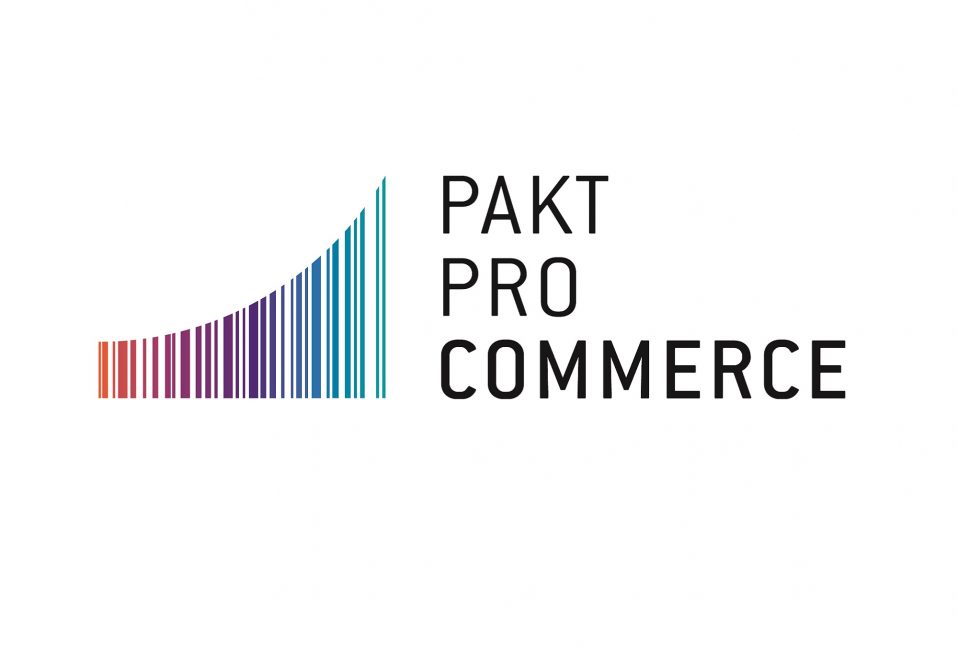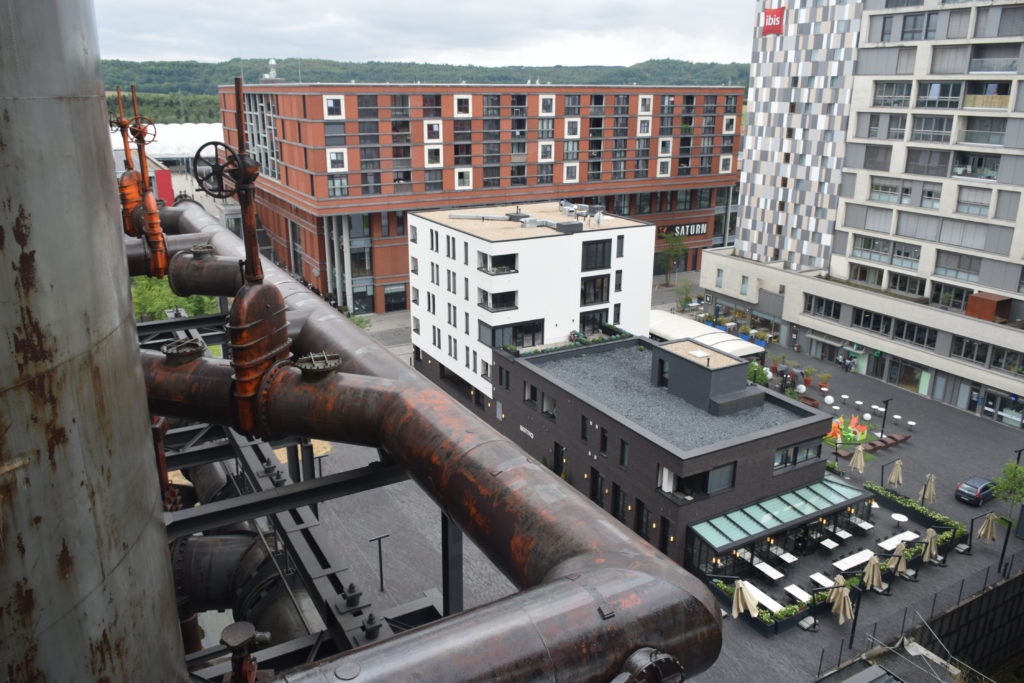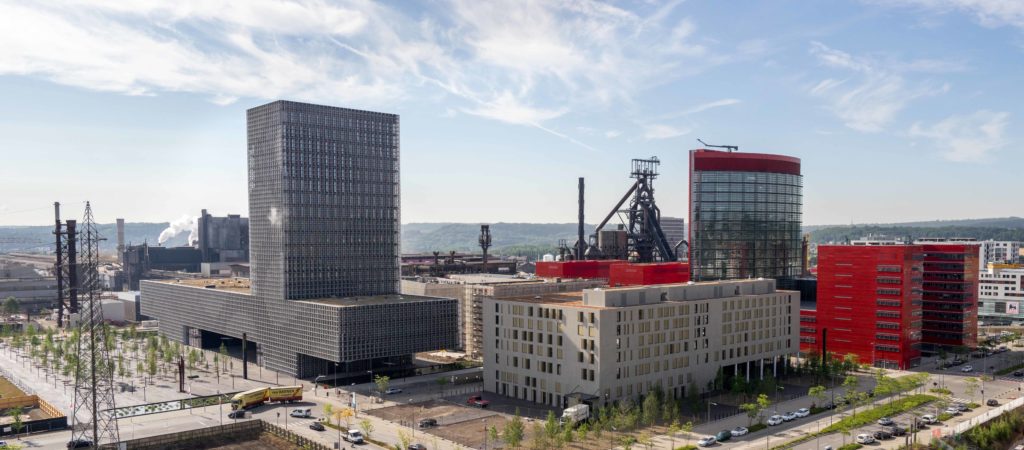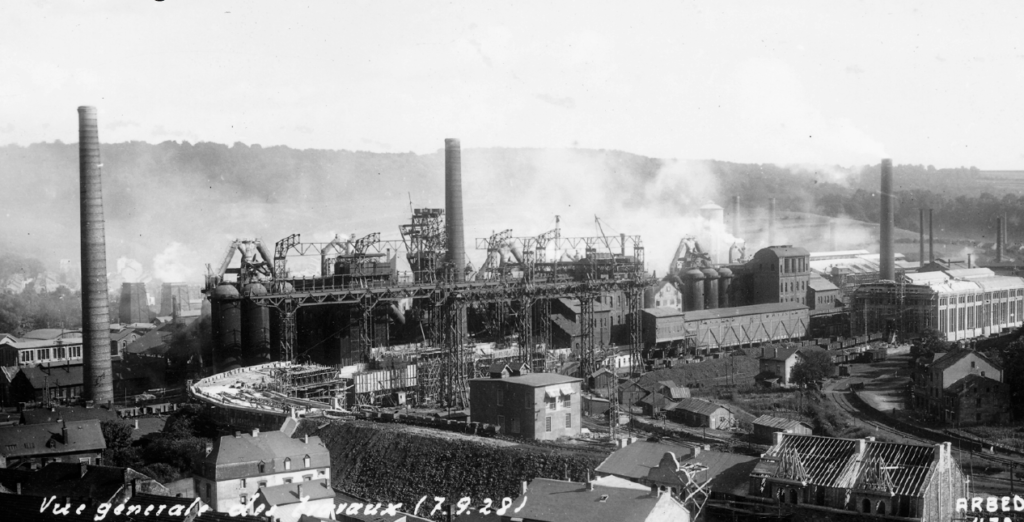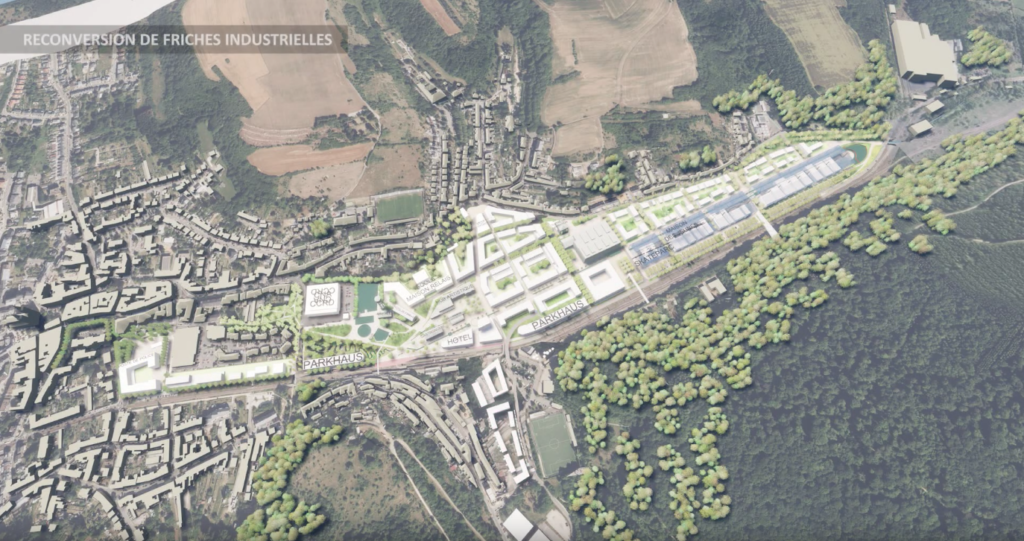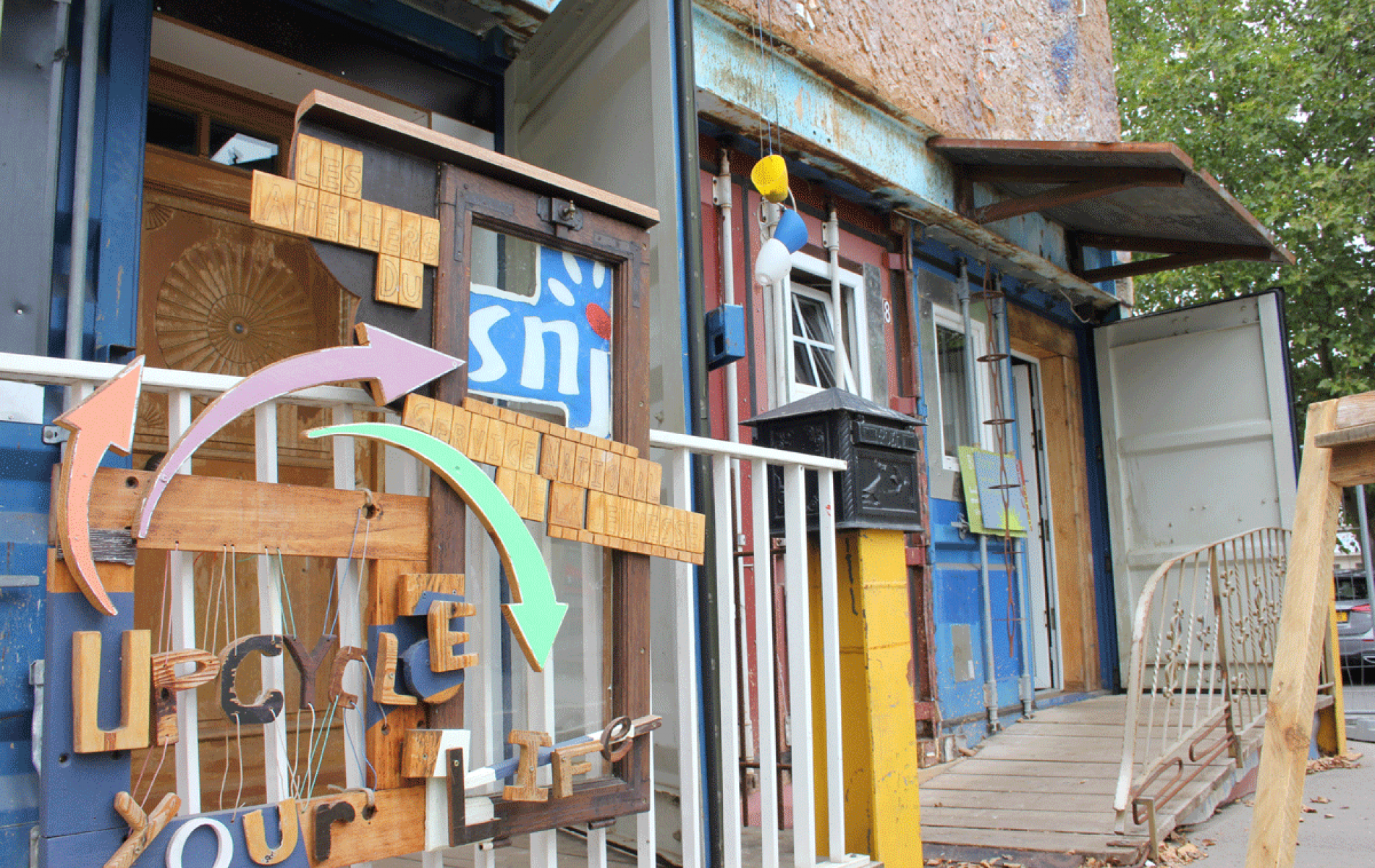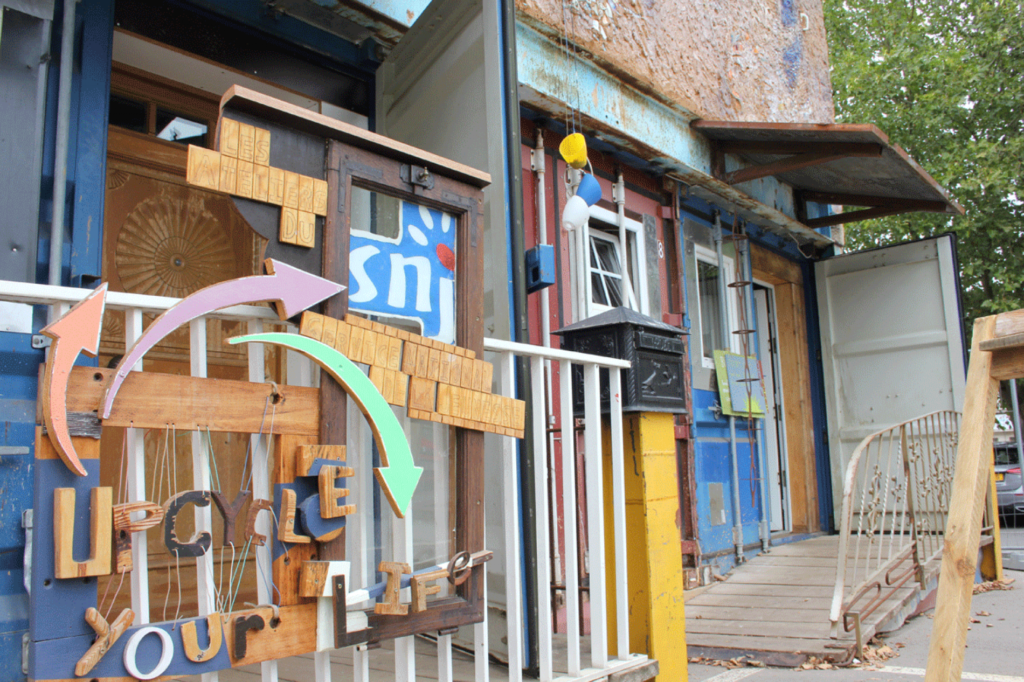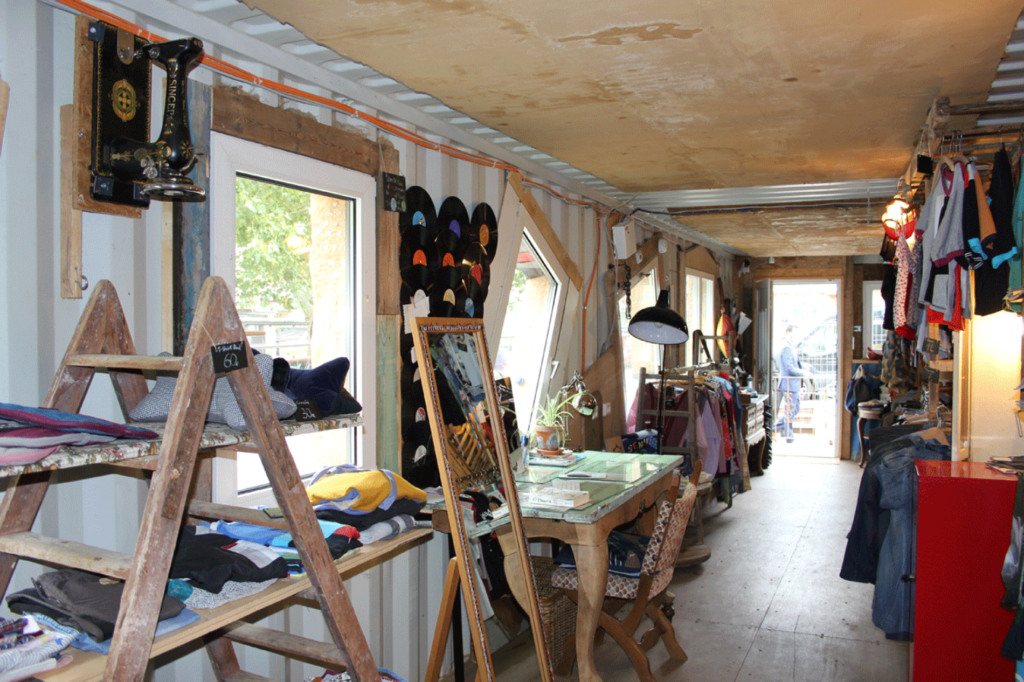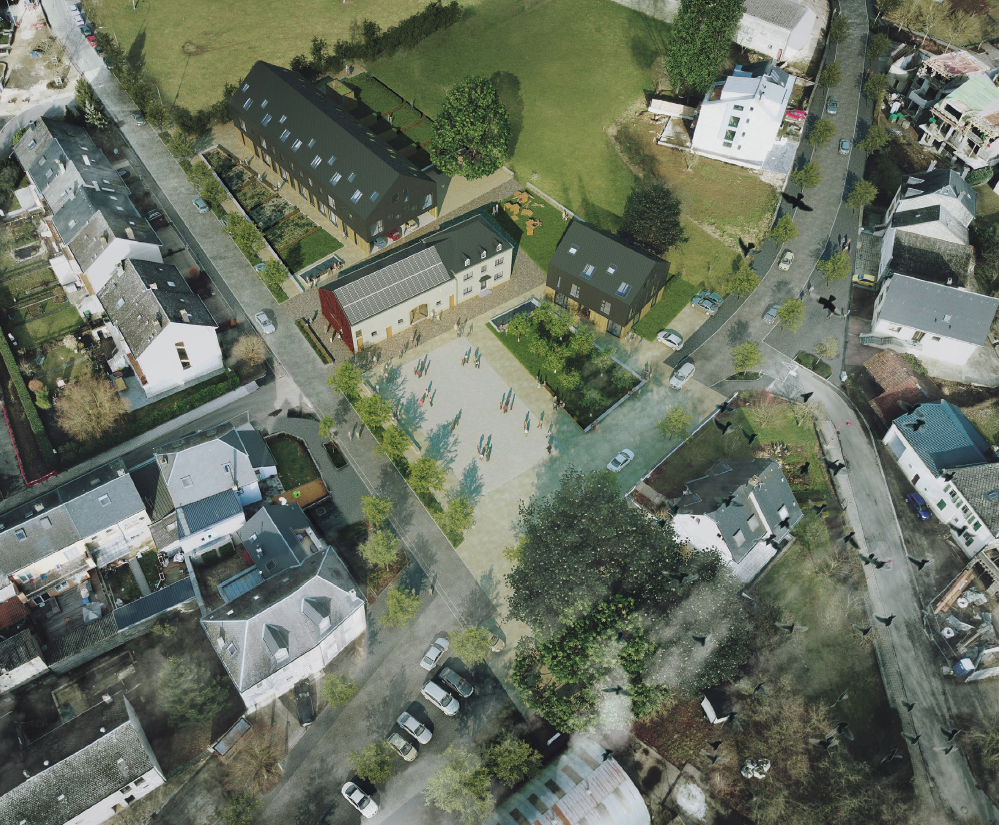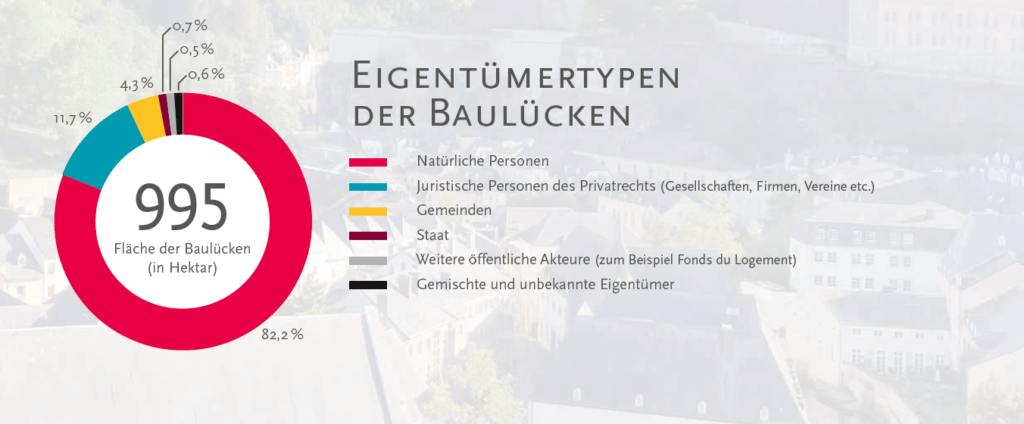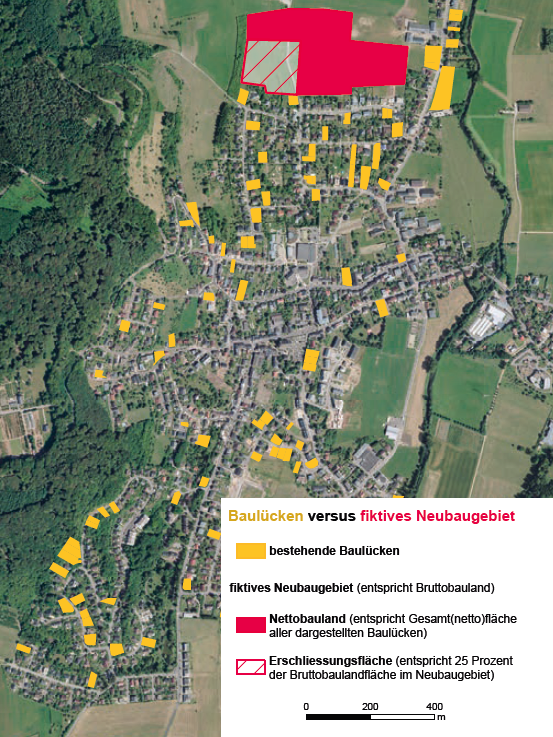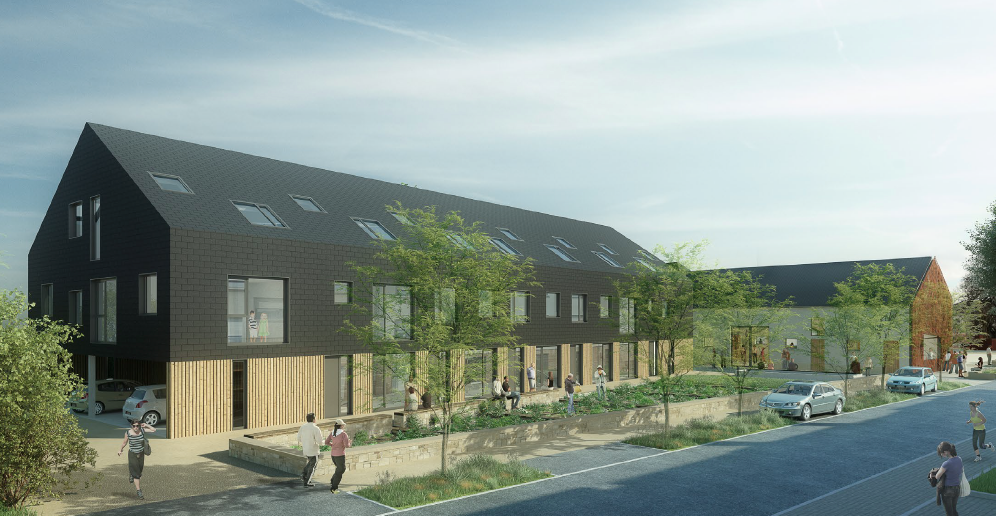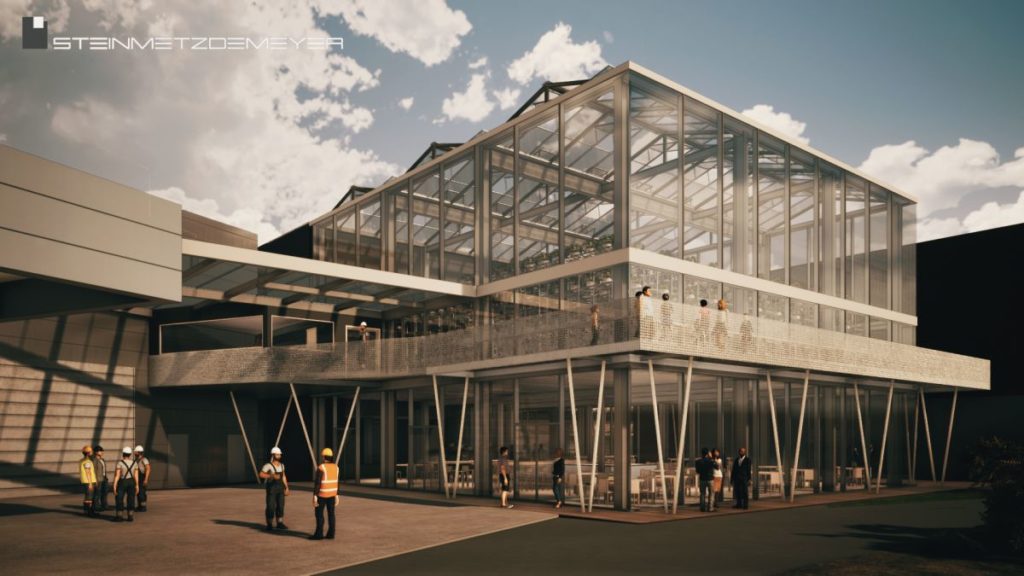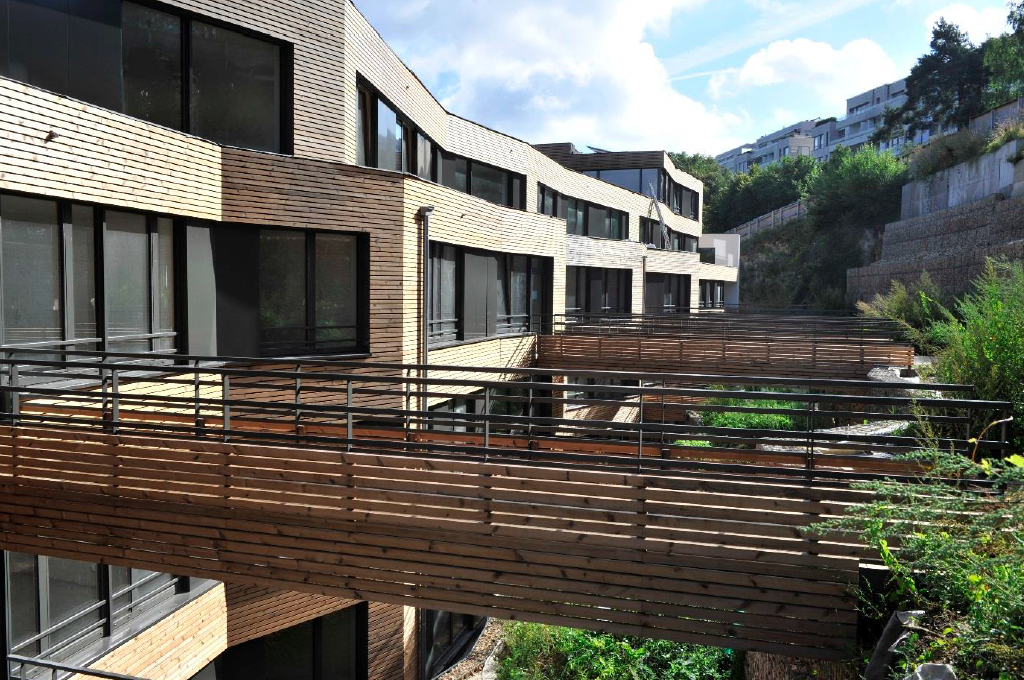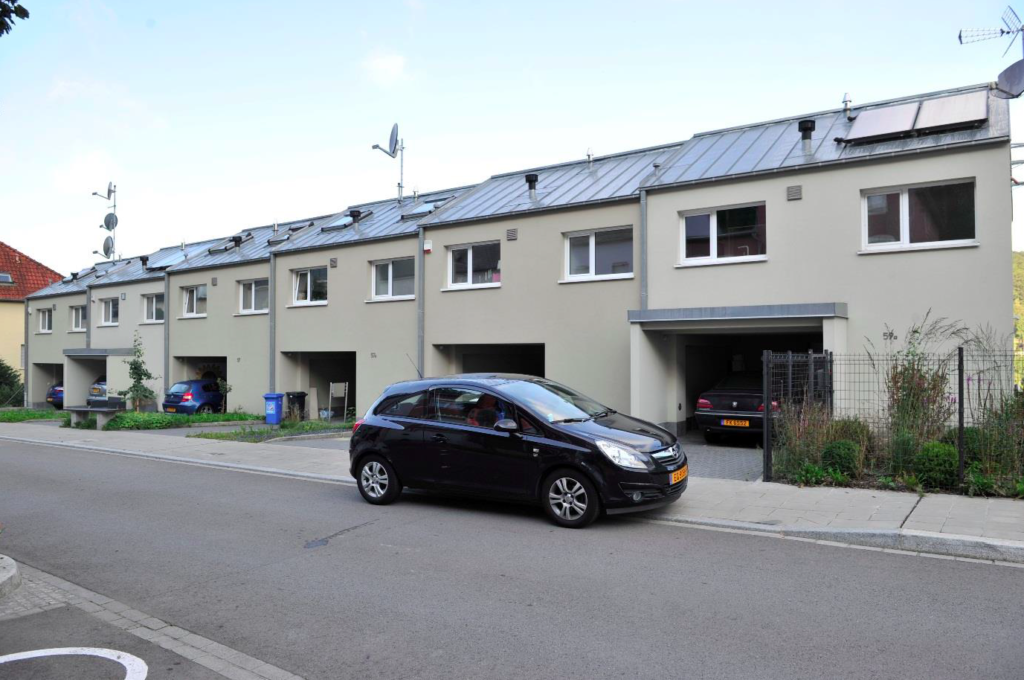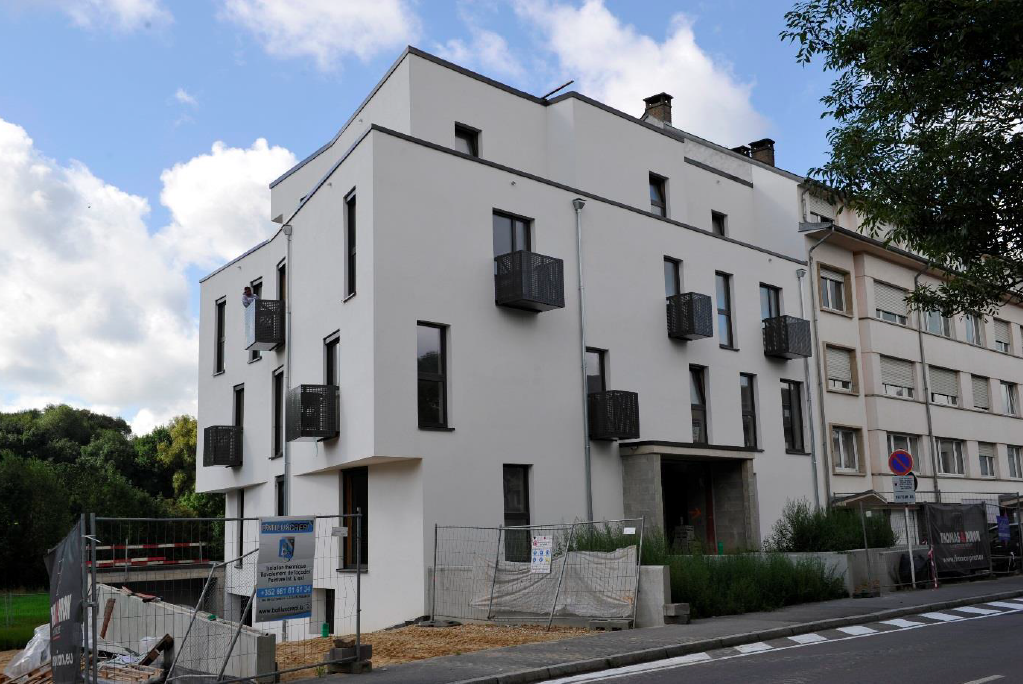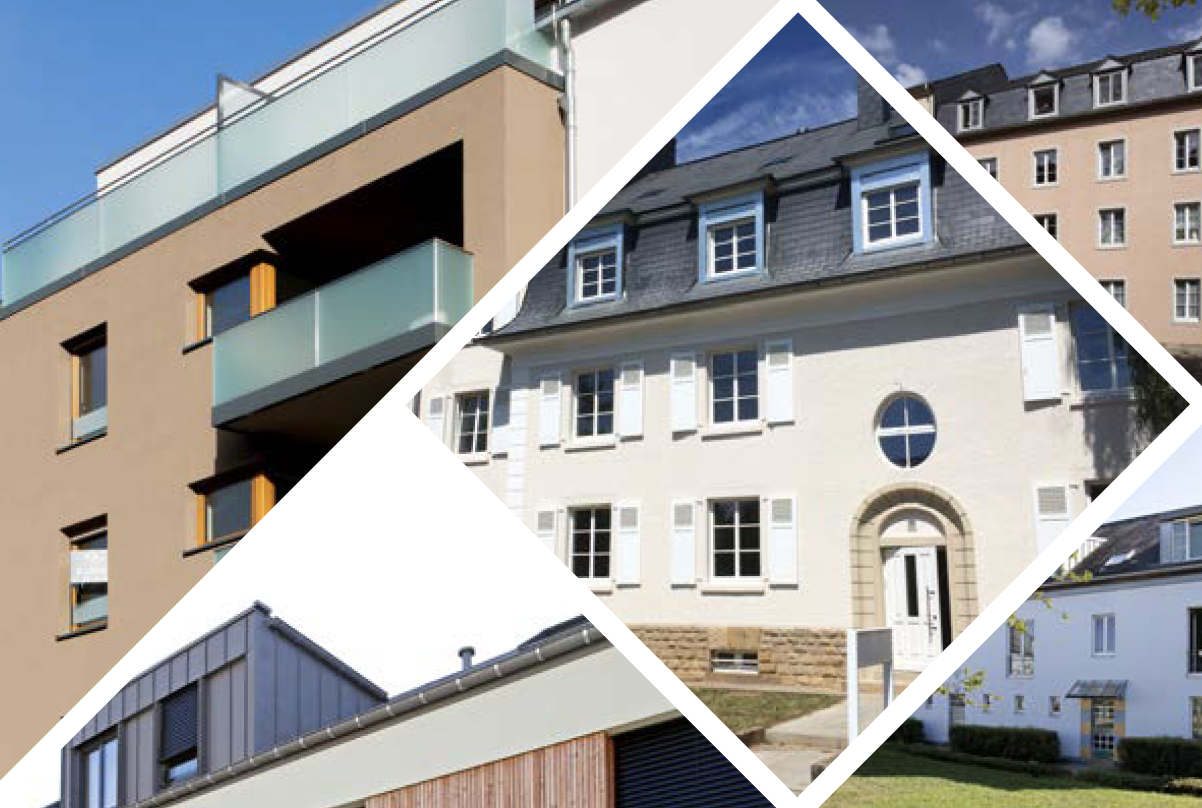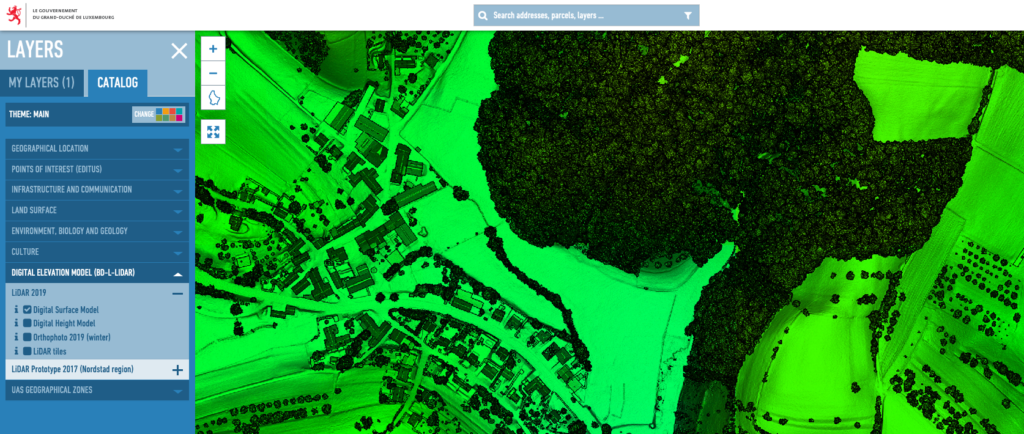Urban retailers face increasing competition through changing consumer behaviour including online shopping and greenfield shopping centres. This leads to vacant retail areas within cities, as customer footfall is channelled away from the centres.
This trend affects the commercial landscape in Luxembourg. Nevertheless, there is almost no data being collected that could help to provide a deeper understanding of the trend and how it can be counteracted. So, the General Directorate for Small and Medium-Sized Enterprises of the Luxembourgish Ministry of Economy, the Chamber of Commerce and the Luxembourg Confederation for Commerce (CLC) initiated the ‘Pakt PRO Commerce’.
The pact will help leverage the economic situation of retailers. A key part of the instrument is the Commercial Observation Register, a new tool to document and categorise businesses across the country. It can be used to analyse the commercial landscape and to inform decision-makers on where there is a large range of retailers and hence centrality as well as potential locations for additional retailers.
Rationale for action
The retailing sector is just one of the many sectors affected by digitalisation as more and more sales volume is generated online. In Luxembourg, between 80% and 90% of the population regularly shops online while only 10% of Luxembourg based shops offer products via the internet. In addition, many greenfield developments for large retailing centres are currently underway, probably decreasing customer footfall in city centres.
These trends threaten the survival of small urban retailers, as their customer base declines. Therefore, more and more retailing space risks being left vacant, which decreases the retail supply and the attractivity of city centers.
Objective
Increasing the understanding of ‘Why?’ and ‘How?’ these processes happen is the main objective of the Commercial Observation Register. This is a nation-wide database of retailers and their characteristics, enabling analysis of the commercial landscape in a city or municipality.
With the aid of data, the Commercial Observation Register can help answer critical questions for developing the urban commercial landscape, such as; ‘What trends shape and form a city’s commercial landscape?’, ‘How does the commercial landscape of a city look?’, ‘Where are the best locations for retailers currently?’ and ‘Where are ideal locations for new retailers?’. The answers assist decision making on urban development.
Time frame
‘Pakt PRO Commerce’, which includes the Commercial Observation Register, was launched in 2016. Collecting information on urban retailers in Luxembourg was completed in February 2019.
Key players
‘Pakt PRO Commerce’ was launched by three partners; the General Directorate for Small and Medium-Sized Enterprises of the Ministry of Economy, the Chamber of Commerce and the Luxembourg Confederation of Commerce (CLC). During the test phase, the Commercial Observation Register has been implemented and managed by the latter organisation.
Users of the Commercial Observation Register are municipal or national policy makers looking to make decisions that could impact the retail landscape.
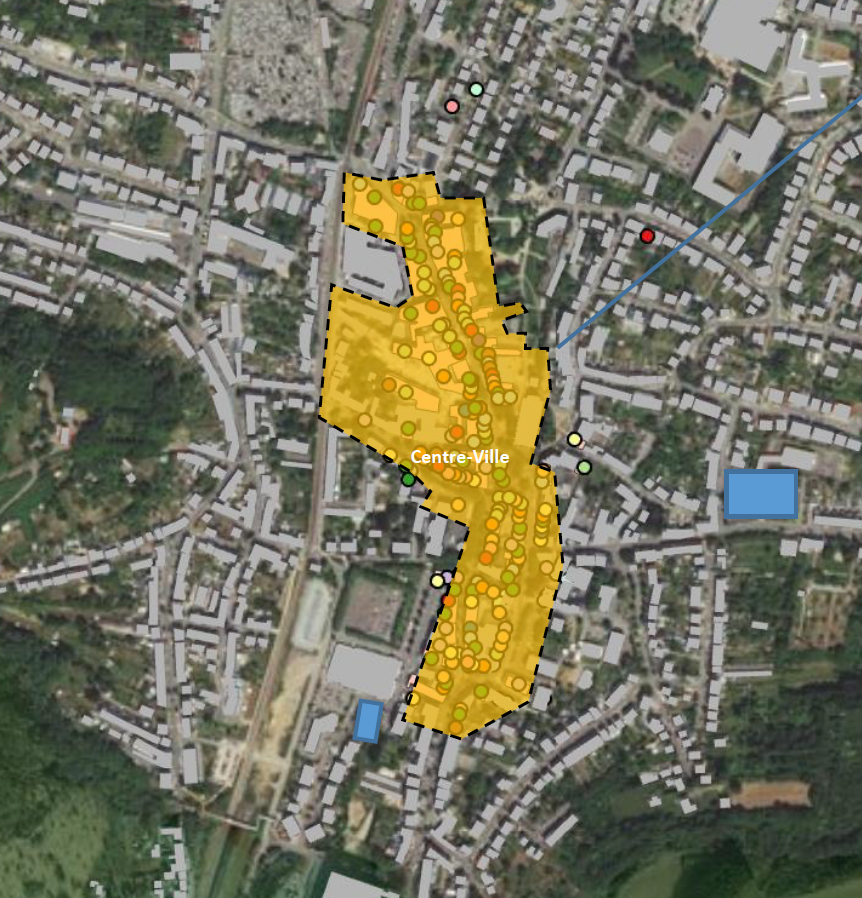
Implementation steps and processes
The Commercial Observation Register is a national database regrouping information on the locations and types of retailers. The CLC, in charge of implementation during the pilot phase, started designing the analysis tool in 2016. Since then, information about each retailer in the country has been surveyed, including address, name, type, size of retail space, business model and type of distribution. These results are fed into a central Geographic Information System (GIS) and can be used for further processing and analysis.
For first-hand analysis, the GIS database can provide information on all retailers in a given location at any time. For more in-depth analysis, the GIS database can be complemented with market analysis, i.e. purchasing power, location analysis and turnover forecasts.
Required resources
The first pilot phase of the Commercial Observation Register has been finalised in 2018. It is planned to make the tool accessible to decision-makers during 2021. However, information on required resources are not available. How the different municipalities and policy makers will be able to benefit from the Commercial Observation Register will be determined after first projects will be finalised, using information from the Register.
Results
With the Commercial Observation Register, municipalities and policy makers can access a versatile tool supporting decision-making. It enables appropriate strategic decisions shaping future commercial landscapes in cities and municipalities. The tool enables definitions of commercial centres, decisions on locating new retailers and understanding impacts of trends, such as digitalisation, on the urban retailing environment.
To elaborate additional benefits and applications of the Commercial Observation Register, the instrument will be tested in five cities. This will enable additional conclusions on specialised applications as well as the data and analysis required to react to specific issues, such as shop vacancy, parking and accessibility, trends in the retailing sector and more. Testing the tool will also provide insights as to when the information can be used best to shape local decision making. This helps to create tailor-made and result-oriented applications for the various retail sector players in Luxembourg.
Potential use of the Commercial Observation Register can be illustrated through development of the new district ‘am Duerf’ by the municipality of Dudelange within the city centre. This new district helped to bridge a commercially deserted area between the two main commercial centres. The number of businesses has increased from 167 to 215 (2018) in just three years, increasing the attraction of the city centre. Also, two commercial hotspots which were formerly separated could be transformed by the ‘am Duerf’ development into a single, continuous retail district (see Map).
The pilot of the Commercial Observation Register has been extended in 2019 on the cities of Esch-sur-Alzette, Diekirch, Remich and Bertrange, addressing different challenges to urban retailers throughout the country.
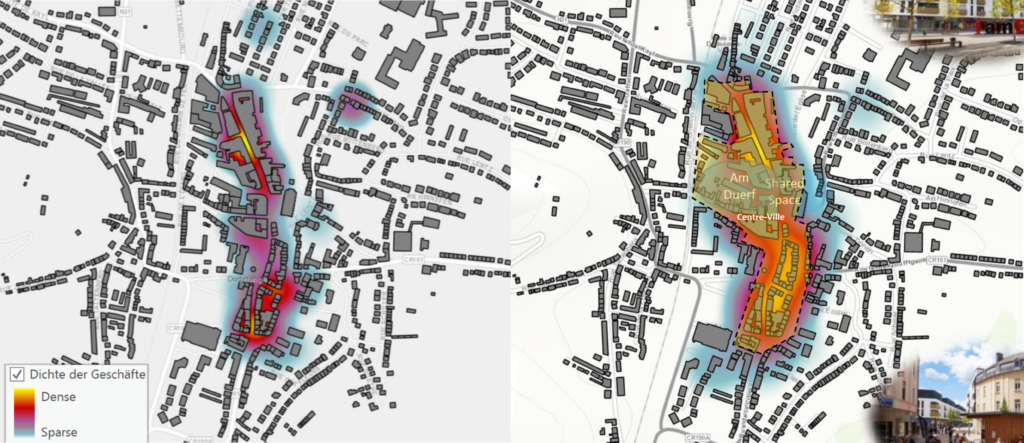
Experiences, success factors, risks
In the future, the Commercial Observation Register will become a powerful tool to assist policy makers in shaping development of the retailing sector. Not only location, but also decisions on retail space needs can be influenced by the tool. However, the Commercial Observation Register relies on an extensive data collection procedure. Only if data is collected regularly in every municipality can there be reliable observations on trends. This might reflect on the operational costs of the tool for its stakeholders.
Conclusions
The Commercial Observation Register is an instrument with a lot of potential applications to shape retailing functions in Luxembourg’s cities and municipalities. It informs policy makers about the retailing landscape, type and development of supply so they can make decisions considering changing consumer behaviour. Even though such an instrument is not new to the set of tools available to urban planners, it is the first of its kind in Luxembourg. More initiatives like the Commercial Observation Register supporting domestic retailers and shop owners, such as the online platform “Letzshop”, have been implemented recently.
Contact
General contact address of the Luxembourg Confederation of Commerce: info@clc.lu
References
Pact PRO Commerce, 2018 (in French and German): https://www.procity.lu/fr/2018/07/16/quelle-valeur-ajoutee-le-nouveau-cadastre-du-commerce-offre-t-il/
Luxembourg Confederation for Commerce, 2018: The new Commercial observation register for Luxembourg. What’s the added-value? (in German): https://www.procity.lu/2018/07/16/das-neue-cadastre-du-commerce-welchen-mehrwert-bietet-es/
Wort, 2020: Le cadastre commercial fait attendre (in French): https://www.wort.lu/fr/luxembourg/le-cadastre-commercial-se-fait-attendre-5e4417feda2cc1784e3560fe


